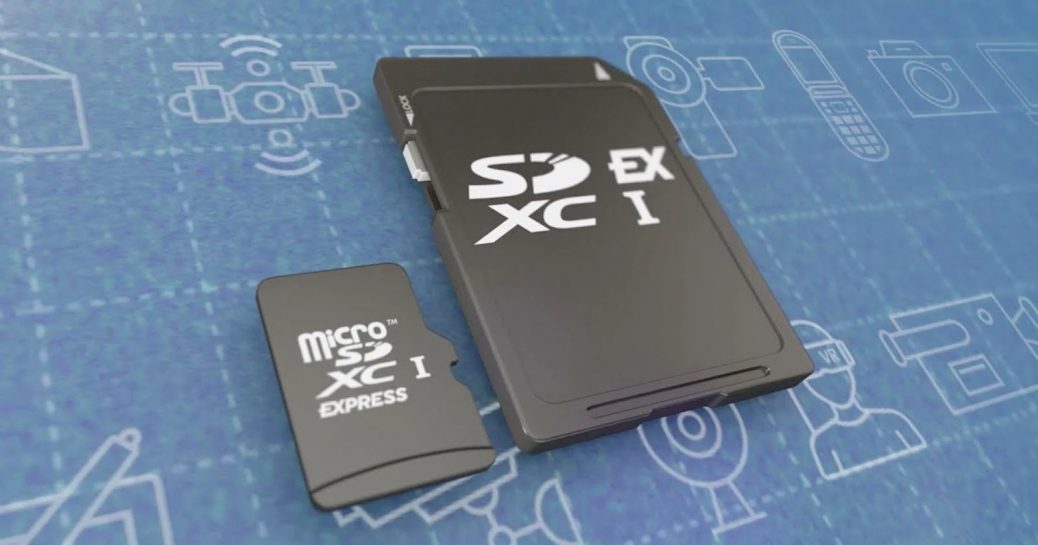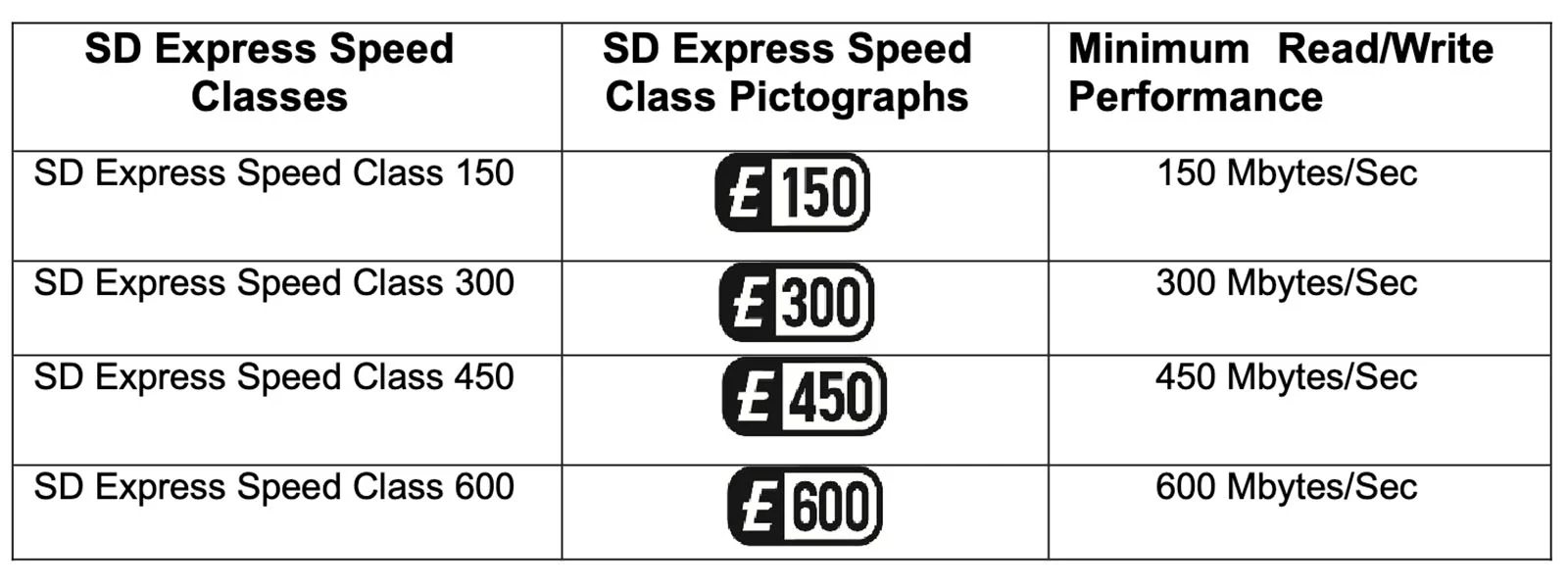SD Association Announces a New Standard for SD Express and microSD Express
The SD Association has introduced a new SD Express and microSD Express standard that includes additional speed classes for the former and offers double the speeds of the latter. While fantastic on paper, the upgrades offer nothing to make the format more appealing to camera manufacturers.
The SD Association, like the Compact Flash Association, is embracing the next generation of PCIe standards into its definition, as it did earlier this month with CFexpress 4.0. As a result, the SD Association claims that microSD Express can achieve theoretical speeds of up to 2 GB/s.
“The latest generation of microSD Express uses the PCIe interface delivering a 1,969 megabytes per second (MB/s), nearly 2 gigabytes per second (GB/s) speeds by using the PCIe Gen4 x1 lane,” the organization explains. “microSD Express was introduced with 985 MB/s speed maximum data transfer rate and the NVMe upper layer protocol in the SD 7.1 specification. The increase in speed gives product designers more storage options and SSD level performance for a variety of size constrained devices requiring easily repairable or upgradeable storage.”
In addition to the speed boost for microSD Express, SD Express now has additional Speed Classes that ensure minimum read and write performance. The following numbers, denoted by a rounded box with a large “E” on the left, would provide minimum transfer speeds of 150, 300, 450, or 600 MB/s.
“By defining minimum assured sequential performance standards for SD Express memory cards, the SDA helps both device manufacturers and consumers ensure the best recording and playback of all types of content,” Hiroyuki Sakamoto, president of the SD Association, says. “We doubled the speed of microSD Express to 2GB/s to give product manufacturers more storage options capable of handling the most demanding storage uses making SD Express memory cards a compelling, ecologically sound choice making it easier to repair and upgrade devices.”
SD Express appears to be a promising project on paper, but it has never progressed beyond that. Unlike the Compact Flash Association, the SD Association has done little more than announce a specification that supports the next generation of the PCIe standard without doing anything else to ensure the standard’s success.
While the CFA appears to spend a significant amount of effort ensuring that both memory and camera makers can support it, the SD Association does not even ensure that either party can support earlier versions of a specification, let alone new ones.
This problem is exacerbated by the backward compatibility issue that SD Express created for itself. In short, these cards are merely backward compatible in the sense that they work, but not in terms of a card’s true capacity – it will only ever be as fast as UHS-I.
Heat management is another concern with SD Express. PCIe is wonderful for speed, but the cards can get extremely hot. Because SD cards are so thin, attempting to run at the same speed as a CFexpress may cause the plastic to melt unless thermally throttled, which will reduce performance and defeat the purpose of utilizing PCIe in the first place.


